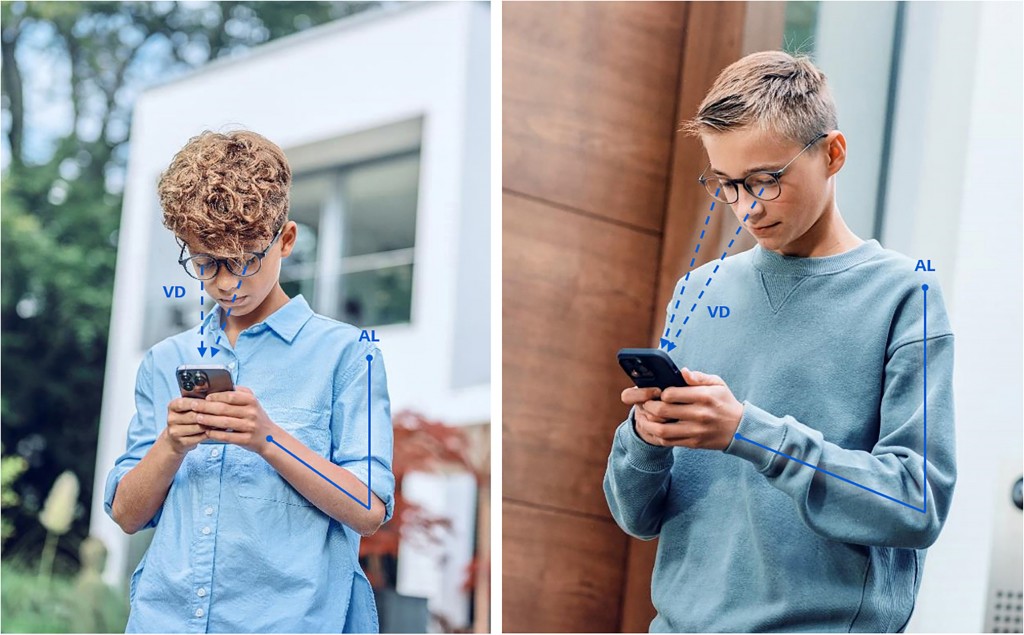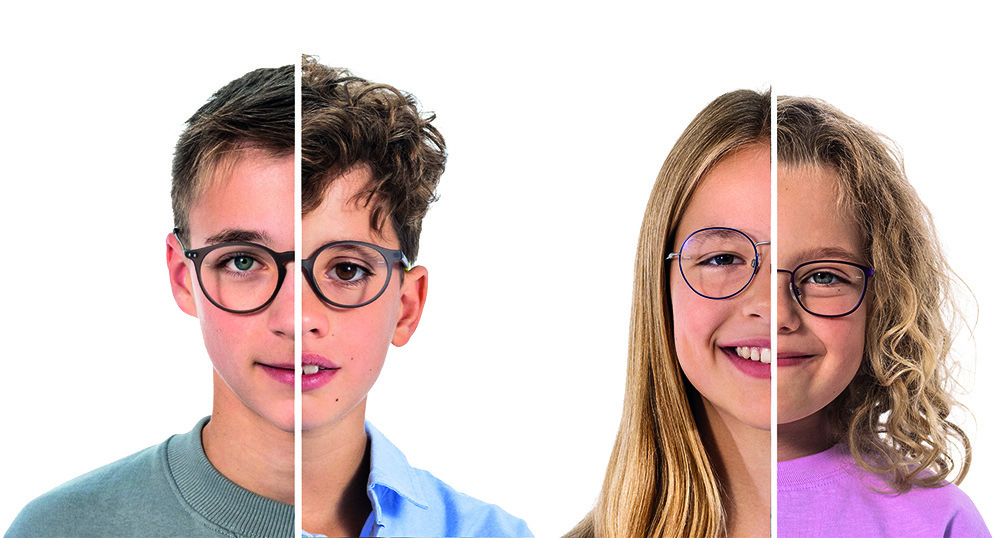Clear Vision for Growing Children
ZEISS SmartLife Young Lenses
ZEISS expands its successful premium product portfolio with lenses specially designed to meet the changing needs of children and teenagers.
ZEISS SmartLife is the go-to lens portfolio for many eye care professionals around the world, but this premium portfolio is being expanded to include another age group. Eye care professionals can now offer lenses adapted to the needs of teens and children as young as six years with ZEISS Single Vision SmartLife Young lenses.
Lifestyle and visual behavior of children and young people
Children’s eye health is important —especially in the wake of advancing digitalization. Generation Alpha, those born after 2010, are complete digital natives and well versed in technology.2 60 percent of children under the age of five are already interacting with smartphones.3 Another study found that children between the age of two and ten are already using and/or playing with a device that has a screen for more than 18 hours a week.4 But this does not only affect toddlers and young children. Young people also spend many hours watching screens, streaming content or using social media, for example.5 On top of that lessons in school have also become more digitalized, which increases screen time even more.
Lenses for children must therefore be adapted to these new demands on vision created by our current world. And it should not be forgotten that these daily habits alter as a child grows up. Younger children spend more time playing – both inside and outside – and explore their environment through many different activities, while older children spend more of their time doing their chosen hobbies, meeting friends, or completing homework.
“We have adapted the ZEISS SmartView 2.0 technology, on which all ZEISS SmartLife lenses are based, so that it is suitable for children and young people,” explains Patrick Michel. “When looking at a smartphone, for example, a child naturally holds it at a completely different reading distance than an adult.6 The proportions of the face also differ significantly. Factors such as this have to feature in the design of modern lenses.”
Different reading distance when looking at a smartphone. This is also linked to arm length, for example, that changes as a child grows.
The changing anatomy of a growing child
The shape of the face, distance between the eyes, and other proportions gradually change as a child develops. This naturally has an influence on the position of lenses. Thanks to the so-called ZEISS Dynamic AgeFit technology, ZEISS Single Vision SmartLife Young lenses are specially adapted to the anatomy of growing children. Individual, continuously changing parameters, such as the distance between the lenses, are thus integrated into the lens design.
Another aspect is the pupil size: the pupil diameter increases in children and young people, while it shrinks again in adults. A critical part of ZEISS SmartLife Young lenses, ZEISS Luminance Design 2.0 technology takes the change in pupil size into account. ”That’s how ZEISS SmartLife Young lenses provide up to 60 percent wider fields of clear view for the under 20s compared to conventional ZEISS Single Vision stock lenses7,” says Michel.
Changing anatomy while growing.
UV protection, blue light protection, and robustness for children’s lenses
All ZEISS SmartLife lenses come with full UV protection thanks to ZEISS UVProtect technology. “Of course, UV protection is even more important for children because, although they spend a lot of time in front of screens, they also like to be outside,” says Michel. Moreover, the lenses can be ordered with ZEISS BlueGuard material that will block up to 40 percent of the potentially harmful blue light.8 A special ZEISS DuraVision Kids coating also adds three times more scratch resistance than standard hard-coated ZEISS lenses. The thin, lightweight look of the lens is another important criterion especially for older kids who choose their own lenses.



No comments yet.